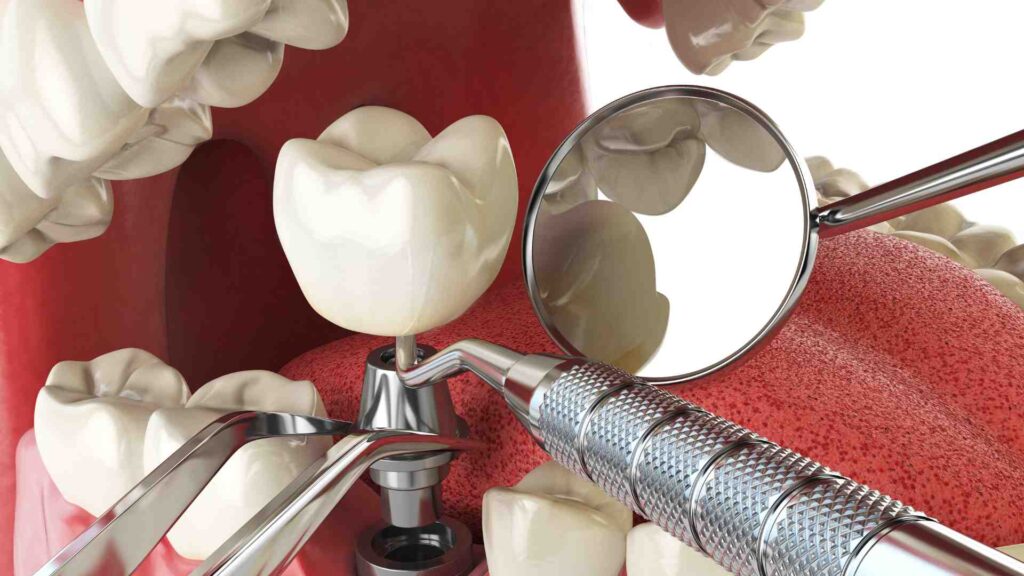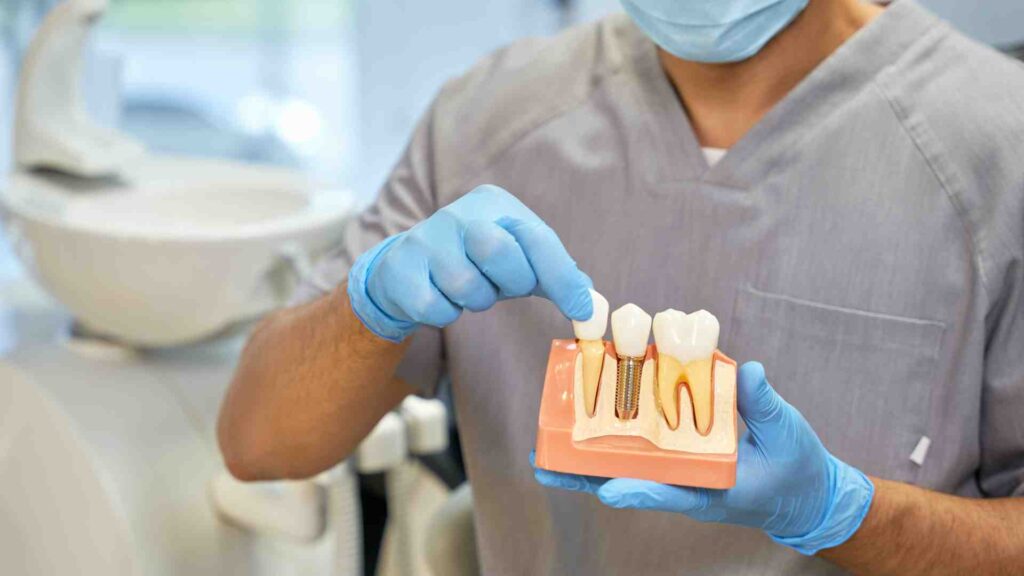
When it comes to creating a beautiful, healthy smile, combining braces with dental implants can be a highly effective approach. While Retainers work to correct misaligned teeth, dental Fixtures fill gaps left by missing teeth. This combination can address a range of dental needs, but it requires careful planning and collaboration between orthodontists and implant specialists. This guide covers everything you need to know about integrating braces and dental Prosthetics for a perfect smile transformation.
Introduction to Combining Braces and Dental Implants
For many people, getting a beautiful smile may mean getting both Orthodontic appliances and dental Fixtures. Even though teens and young adults are usually the ones who wear Aligners, people who want implants may also benefit from orthodontic treatment to make sure their teeth are in the best position. Putting these methods together can make your teeth look better, work better, and improve your oral health. However, achieving the best results requires understanding how Retainers and Prosthetics work together.
Understanding the Role of Braces and Dental Implants in Smile Transformation
How Braces Correct Misaligned Teeth
Retainers use gentle pressure to gradually shift teeth into proper alignment. This process not only improves the appearance of your smile but also corrects bite issues, overcrowding, and spacing problems. By moving teeth into their ideal positions, Orthodontic appliances create a stable foundation for further dental work, like Grafts.
Role of Dental Implants in Filling Gaps
Dental Prosthetics are made to replace lost teeth by acting like real tooth roots. Surgically implanting these titanium posts into the jawbone makes a stable base for crowns that look like your real teeth. Fixtures are the best long-term option for missing teeth because they keep the jawbone’s structure and keep the teeth next to them from shifting.
Why a Combination May Be Necessary
In cases where multiple dental concerns exist—like gaps from missing teeth alongside misalignment—combining Orthodontic appliances and dental Grafts may be necessary. This dual approach addresses both functionality and aesthetics, providing a smile that’s not only visually appealing but also balanced in structure.
When and Why to Consider Both Braces and Dental Implants
Situations Requiring Orthodontic and Implant Treatments
A combination of Aligners and dental Fixtures may be needed when a patient has both alignment issues and missing teeth. For instance, if misaligned teeth and a missing tooth in a visible area impact both aesthetics and bite, Orthodontic appliances can position surrounding teeth to make room for the implant.
Who is a Good Candidate for Both Treatments?
Candidates for both treatments usually include adults and teens with missing teeth and malocclusion (misalignment) issues. Those who seek improved smile symmetry, better bite alignment, or have multiple dental gaps may benefit from both Retainers and Grafts.
Timing: Should You Get Braces or Implants First?
Timing is crucial. Ideally, orthodontic treatment should come before Fixtures since braces shift teeth while implants are fixed. Completing Orthodontic appliances first provides a stable environment in which implants can fill any necessary gaps. However, Fixtures can sometimes be placed before Retainers in cases where it’s structurally essential.
Benefits and Challenges of Combining Braces with Dental Implants
Key Benefits of This Combined Approach
Combining Retainers and Fixtures offers aesthetic, structural, and health-related benefits:
- Improved alignment and bite correction.
- Complete smile transformation with enhanced aesthetics.
- Reduced risk of shifting or crowding, as Grafts help maintain jaw structure.
Potential Challenges and How to Overcome Them
Orthodontic treatment can be harder when you have to work around a tooth implant that doesn’t move. Because the implant can’t move, it takes an expert orthodontist to carefully place the natural teeth without disturbing the implant. A balanced and well-coordinated method is guaranteed when you work with a skilled group of specialists.
Steps in the Process: From Planning to Procedure
Combining Aligners and implants involves a multi-step process. Here’s what to expect as you move through each stage.
Initial Assessment and Consultation
The journey begins with a comprehensive assessment, where both your orthodontist and implant specialist review your dental history and take diagnostic images. This stage allows the team to create a roadmap, ensuring that each treatment complements the other.
Designing a Customized Treatment Plan
After the first evaluation, a personalized plan is made. The orthodontist and implant specialist work together to make sure that the Aligners and implants are placed correctly so that the patient can smile and eat normally. A treatment plan will be made, taking into account the best order for each process.
The Process: What to Expect During Each Phase
If braces are the first step, they will be applied and gradually adjusted to position your teeth properly. Once orthodontic treatment is complete, dental Prosthetics can be placed with precision. After the implant surgery, you’ll have a healing period followed by the placement of the permanent crown. Your team will monitor progress at every stage to ensure successful results.
Putting together Retainers and tooth Prosthetics may seem hard, but it can make your smile and confidence look better. Our experienced staff at Smile Design Boutique Dubai works hard to make treatment plans that are unique to each patient and bring out the best in every smile. Get your appointment set up today and see how powerfully a truly personalized approach to dental care can work. Get ready for your perfect smile!
Frequently Asked Questions on Braces and Implants Combination
1. Can I get braces after having a dental implant?
Braces can be applied after an implant, but they won’t move the implant itself. Orthodontists will work around the implant.
2. Is it better to get braces or implants first?
Typically, Aligners are done first to align teeth. Implants are placed afterward to fit the new alignment.
3. Do braces affect dental implants?
Braces don’t move implants; they work on natural teeth around the implant, so coordination is essential.
4. How long does it take to combine braces and implants?
Treatment times vary but can take from 12-24 months, depending on individual needs.
5. Are there alternatives to braces for implant patients?
Clear aligners are often an alternative to braces for minor alignment issues in patients with implants.







